4 Korean Chili Paste Replacements That Add Heat
Korean chili paste substitutes have become increasingly popular among home cooks seeking to recreate authentic Asian flavors without access to specialty stores.
This fiery condiment, known for its deep umami notes and balanced heat, sometimes proves elusive when dinner plans call for Korean cuisine.
Many alternative options can deliver similar complexity while maintaining the distinctive sweet-spicy profile that makes Korean chili paste so beloved in traditional dishes.
Some substitutes might surprise even experienced cooks with how effectively they mimic the original's taste and texture.
The beauty of experimenting with different replacements lies in potentially discovering new flavor combinations that work perfectly with familiar recipes.
Food enthusiasts often find that certain alternatives actually complement specific dishes better than the original ingredient itself.
Ready to transform your cooking with these clever Korean chili paste alternatives that might already be hiding in your pantry?
Why Substitute Korean Chili Paste?
Korean chili paste, known as gochujang, is a staple in Korean cooking, bringing heat, sweetness, and umami to dishes. But there are several good reasons you might want to use a substitute, whether for convenience, dietary needs, or personal taste:
Hard to Find
Gochujang isn’t always available locally, especially in smaller or rural stores. Substitutes help you keep cooking Korean-inspired meals without special shopping trips.
Dietary Restrictions
Traditional gochujang may contain gluten or barley malt, unsuitable for gluten-sensitive or allergic individuals. Substitutes can keep dishes safe for everyone.
Heat Level
Gochujang can be quite spicy; swapping for milder chili pastes or homemade blends lets you control the heat level.
Sugar Content
Store-bought gochujang often has high sugar. Homemade or low-sugar chili paste substitutes allow adjusting sweetness for your diet.
Vegan or Clean Eating
Not all gochujang is vegan or additive-free. Using simple chili paste, miso, or homemade mixes with clean ingredients fits various eating styles.
Exploring New Flavors
Substitutes let you try different heat, tang, and umami combinations, tailoring Korean dishes to your preferences and discovering new flavor twists.
Bold and Spicy Korean Chili Paste Swaps
Korean chili paste not in the kitchen can be replaced by a bold alternative that keeps the heat alive. Every spoonful still carries that punch of flavor.
Miso Sauce
Substituting gochujang in recipes becomes easier when you know that homemade miso-based sauce stands as the best alternative due to both containing fermented soy.
In urgent cooking situations, ready-made miso paste saves time by eliminating lengthy fermentation processes while delivering similar flavor profiles.
Adding Korean chili powder creates that signature heat, though paprika mixed with cayenne works perfectly when authentic ingredients aren't available.
The resulting homemade sauce works as a direct replacement in any dish calling for Korean chili paste.
Small flavor differences might be noticeable but won't significantly impact the overall taste of your finished dish, allowing you to enjoy Korean-inspired meals even without the traditional ingredient.
Sriracha
Sriracha works beautifully as a gochujang replacement with its sweet and spicy kick that complements many dishes requiring the Korean paste.
Most cooks appreciate this swap since gochujang is often used as a sriracha substitute, making the reverse substitution quite logical.
The main differences to remember are that sriracha delivers more heat and has a thinner consistency, which might affect traditional Korean recipes that depend on gochujang's thicker texture.
For best results, you should use less sriracha than the amount of gochujang called for in recipes to avoid overwhelming the dish with heat.
Harissa Paste
Harissa paste offers a perfect kick for anyone who loves spicy cuisine with its signature smokey flavor and generous heat level.
Different brands provide varying intensity levels, so choosing the right one depends on your personal spice tolerance.
Many cooks use this North African condiment to add depth to soups, stews, and marinades without overwhelming other ingredients.
For beginners, starting with smaller amounts allows you to adjust to its potency while still enjoying the complex pepper blend.
The versatile paste works wonderfully as a substitute for hot sauce, chili flakes, or cayenne in almost any recipe that needs some extra warmth.
Sambal Oelek
Sambal oelek stands out as the top substitute for gochujang in bibimbap recipes, providing a similar appearance to the original Korean paste.
This chili paste blends perfectly with meat dishes and adds a spicy kick to various soups when gochujang isn't available.
While the flavors differ noticeably – gochujang offers a sweet-spicy fermented taste compared to sambal oelek's straightforward heat – Many people reach for this alternative in last-minute cooking situations.
The Indonesian chili paste works especially well when you need something visually comparable that won't drastically change your dish's appearance.
How to Make Homemade Gochujang at Home
Making homemade gochujang is easier than you might think and lets you control the flavor, spice, and sweetness to suit your taste, all while bringing authentic Korean heat and depth to your dishes:
Adjusting Heat Levels When Substituting Gochujang
When you substitute gochujang in a recipe, it’s easy to adjust the heat level to fit your taste and still capture the spicy, savory flavor that makes Korean food so exciting. A few simple swaps and tweaks help you keep the dish just right:
Korean Chili Paste Substitutes: Answers to Your Spicy Questions
1. Can I use Sriracha as a direct substitute for Korean chili paste?
Yes, Sriracha is an easy swap, but it's less sweet and fermented. Consider adding a bit of sugar or soy sauce for a closer match.
2. What’s the best substitute for gochujang in marinades?
Miso paste mixed with chili flakes and a dash of honey or sugar replicates gochujang’s balance of spice and sweetness perfectly in marinades.
3. Are there gluten-free substitutes for Korean chili paste?
Yes, gluten-free miso paste combined with red pepper flakes or gluten-free hot sauces are excellent alternatives.
4. Will substitutes affect the texture of my dishes?
Most substitutes are thinner and smoother compared to gochujang’s thick paste consistency. Adjust the recipe liquids slightly if needed.
5. Can I make a homemade gochujang substitute?
Absolutely, combine miso paste, chili powder, honey, soy sauce, and sesame oil for an easy homemade gochujang substitute.
6. How should I store gochujang substitutes?
Refrigerate in an airtight container and use within a few weeks for maximum freshness and flavor.
7. Are Korean chili paste substitutes vegan-friendly?
Most substitutes, like miso paste, Sambal Oelek, or Sriracha, are typically vegan, but always check labels for animal-based additives.

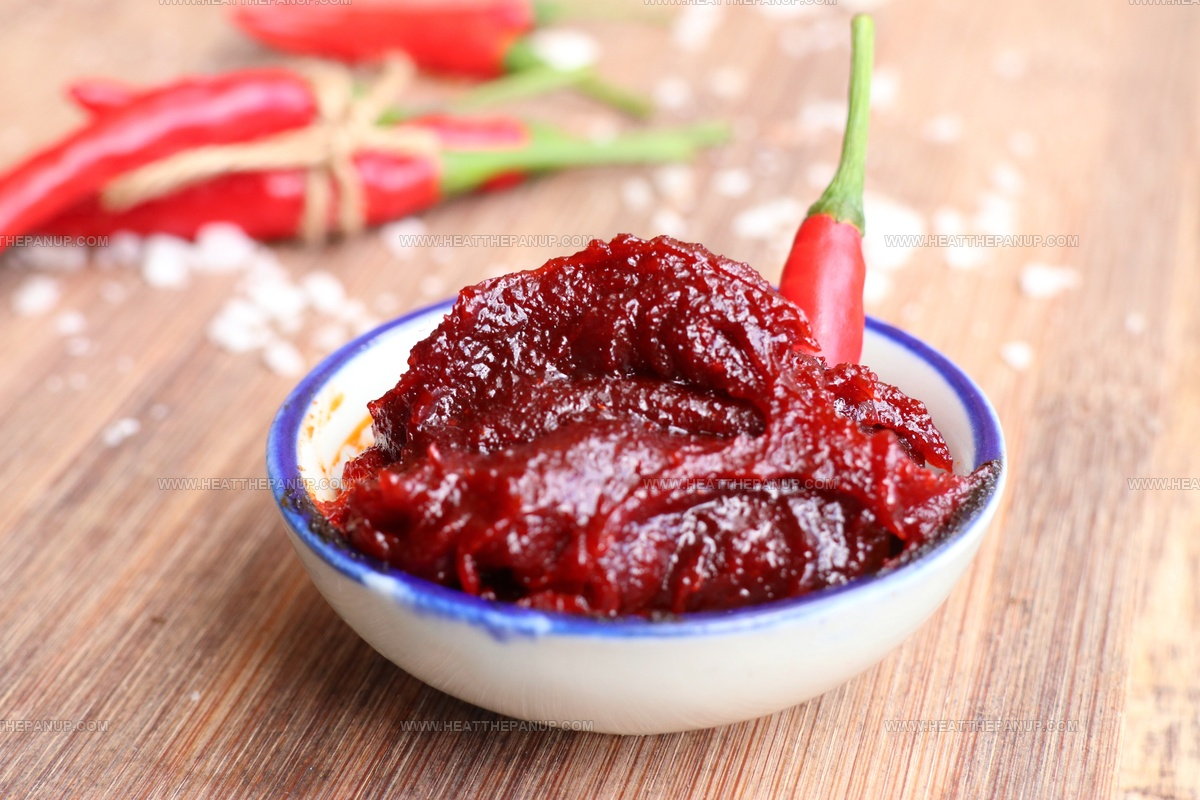
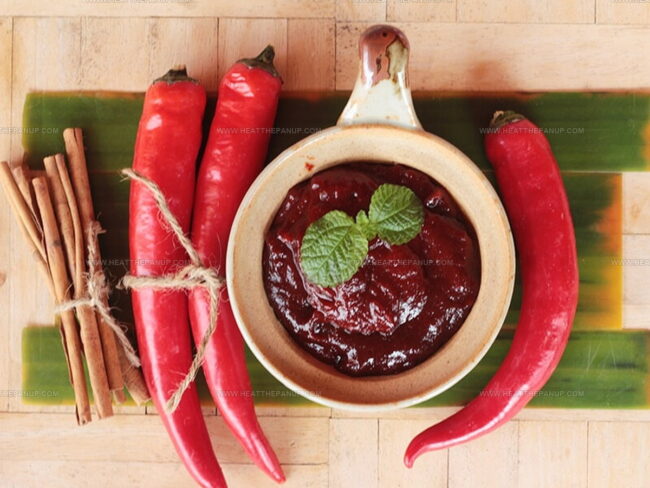
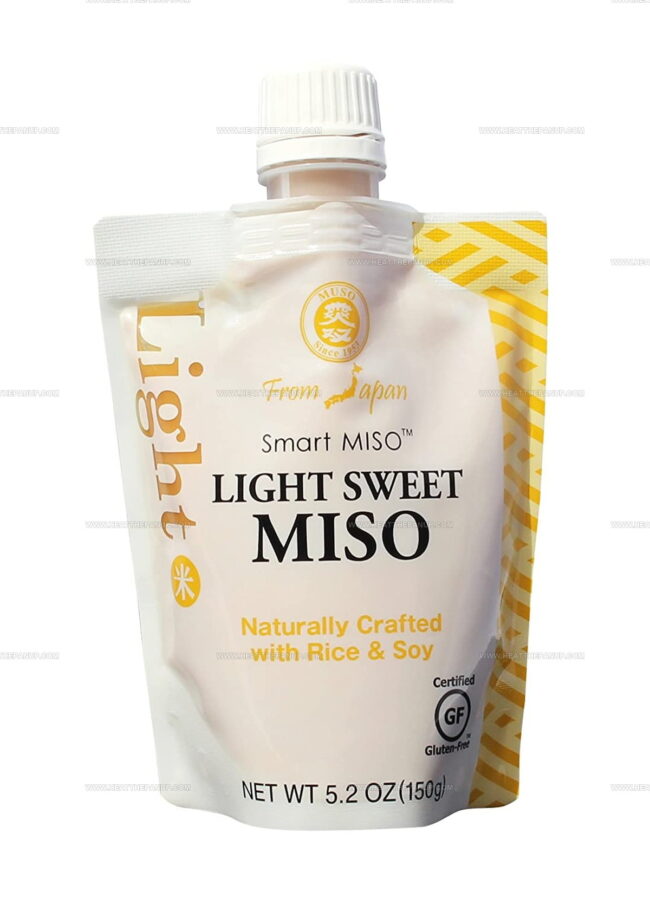

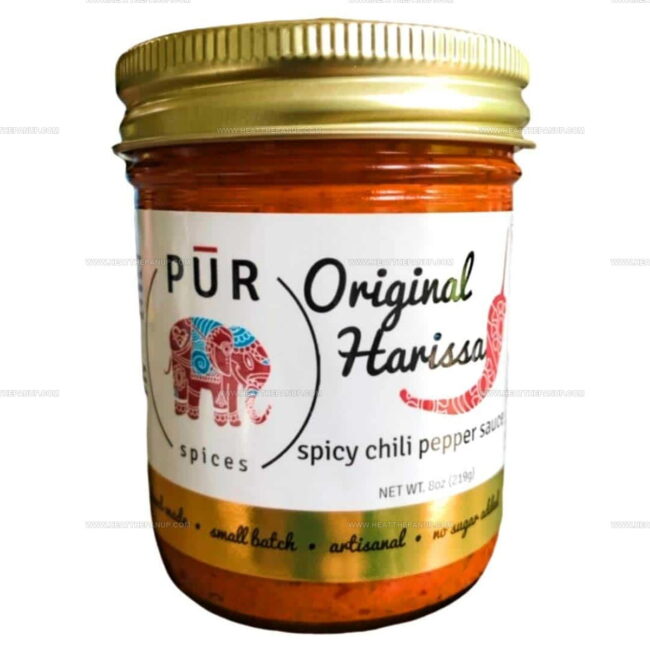
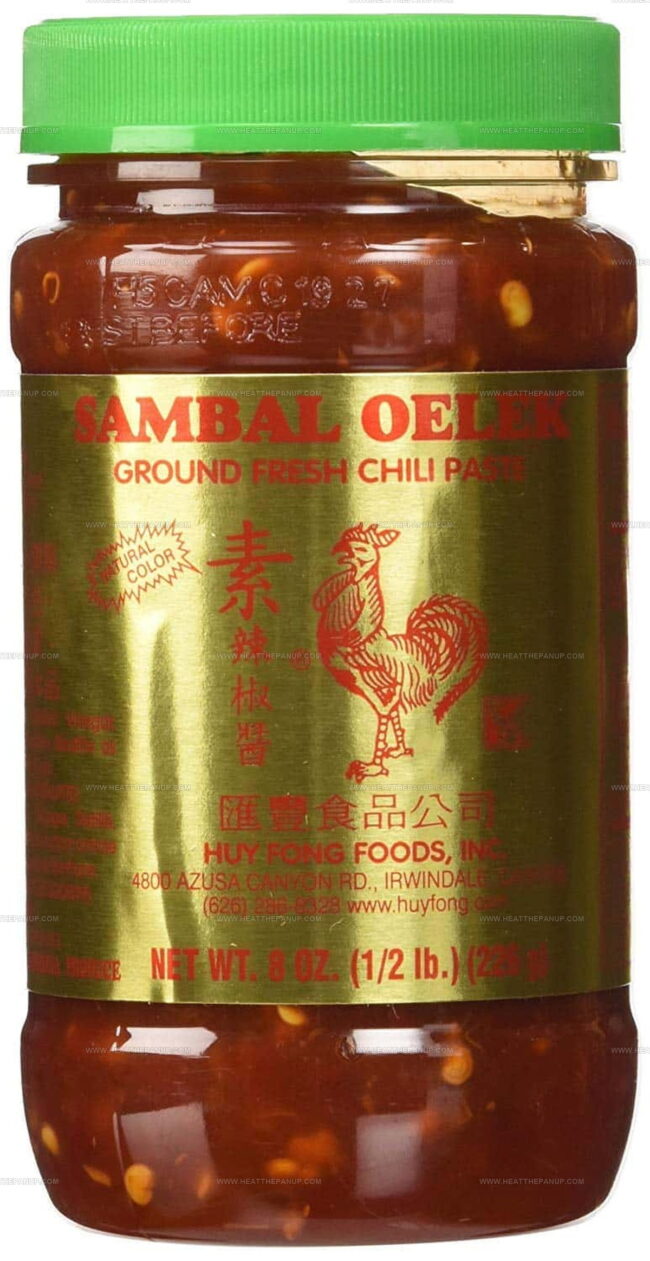
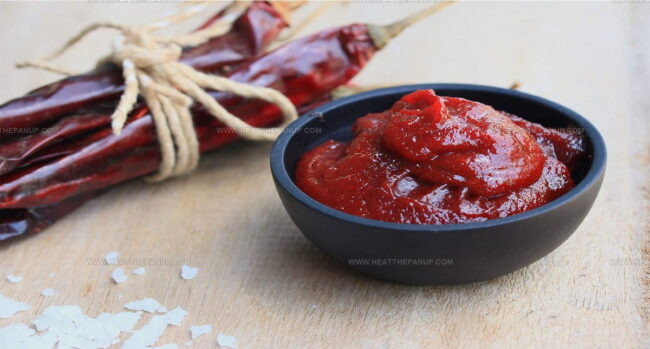
James Hambly
Founder & Recipe Creator
Expertise
Recipe Development, Culinary Education, Farm-to-Table Cooking, Southern Cuisine
Education
Asheville-Buncombe Technical Community College
Certificate in Culinary Arts
Focus: Hands-on training in professional cooking techniques, emphasizing farm-to-table practices and Southern cuisine.
The Chef’s Academy
Associate Degree in Culinary Arts
Focus: Comprehensive culinary education covering global cuisines, kitchen management, and food safety.
James grew up surrounded by the smells of cast-iron skillets and slow-cooked Southern meals in Asheville, North Carolina.
He sharpened his skills with a Certificate in Culinary Arts from Asheville-Buncombe Technical Community College, and later leveled up with an Associate Degree from The Chef’s Academy.
James’s philosophy is simple: the best meals don’t need fancy tricks, just fresh ingredients, a hot pan, and a little bit of heart. His favorite days are spent testing one-pan wonders, chasing bold flavors, and creating recipes that feel easy, even on a busy night.